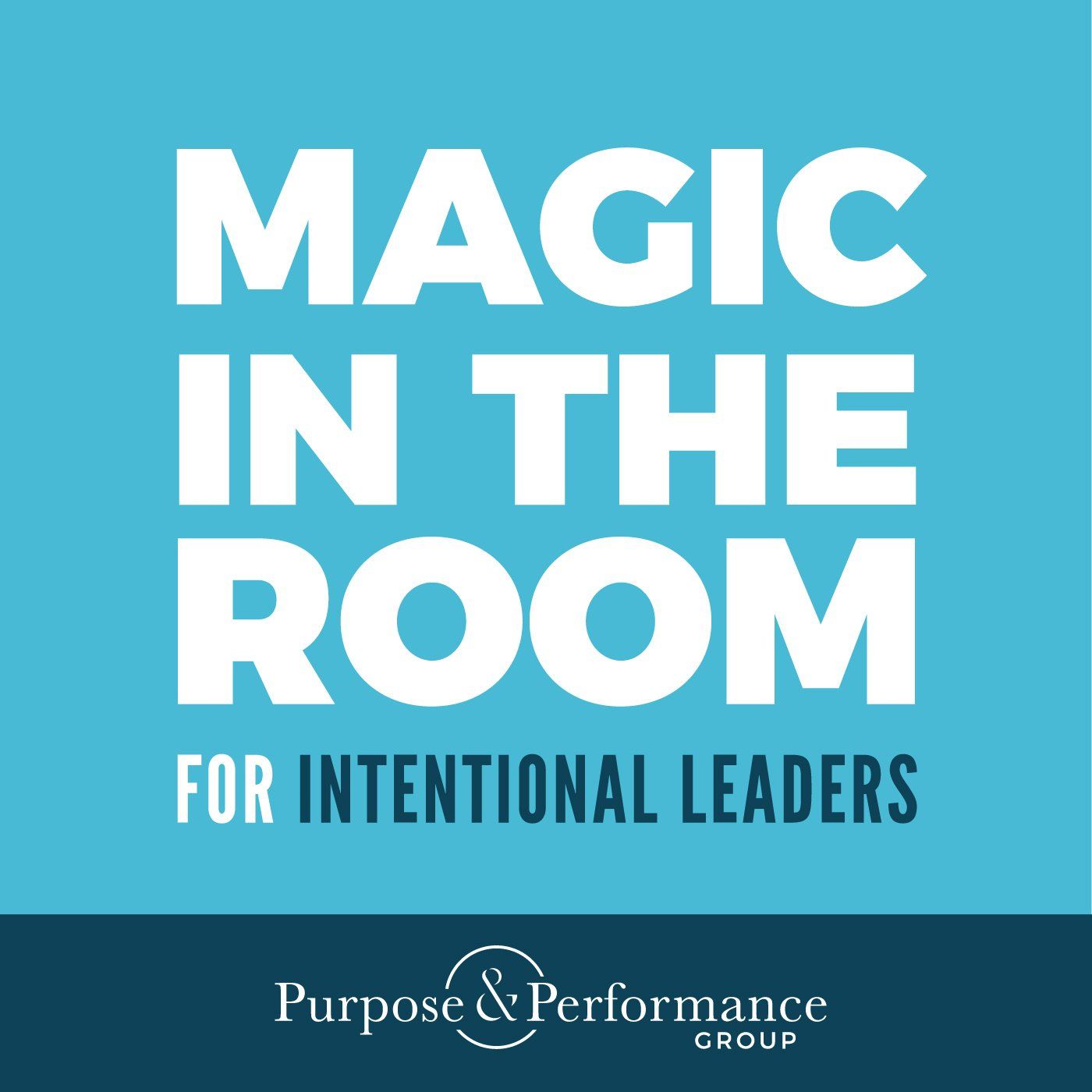Magic in the Room #34 – G.U.E.S.T Service™️
We all want is to feel seen, heard, and understood. When we can help our clients and customers feel that way, their experience with our brand soars.
The G.U.E.S.T. Service framework
presents five powerful ways to be of service in a meaningful way that people will never forget. It is a way of understanding service rooted in empathy and connection that allows our customer to feel like an important guest, someone worthy of respect, love, and belonging.
framework
presents five powerful ways to be of service in a meaningful way that people will never forget. It is a way of understanding service rooted in empathy and connection that allows our customer to feel like an important guest, someone worthy of respect, love, and belonging.
You should treat your customers and even your internal teams as if they were a guest. When someone walks into your home, how do you welcome them? How do you want them to feel? Maya Angelou famously said, “At the end of the day, people won’t remember what you said or did. They will remember how you made them feel.” This is true when we walk away from a place of business as well as any individual that we interact with.
Thankfully, specific techniques will ensure that people walk away with a positive feeling after interacting with you or your business. The G.U.E.S.T. Service framework will help you do this and much more. But what does the acronym stand for?
framework will help you do this and much more. But what does the acronym stand for?
- G is for greeting with empathy and a friendly smile.
- U is for uncovering needs.
- E is for expressing gratitude.
- S is for sharing names and contact information.
- T is for teaching benefits and advantages.
G.U.E.S.T.
provides you with five powerful ways to transform the customer experience. In this episode of the Magic in The Room podcast, Hannah, Luke, and Chris discuss what each stage of the G.U.E.S.T. Service framework means to them. Although it’s five things that you can easily remember, the skills can take lots of practice and a lifetime to master.
framework means to them. Although it’s five things that you can easily remember, the skills can take lots of practice and a lifetime to master.
We all want an experience with a brand. We want to be left with some form of positive feeling at every interaction. Yet, at the same time, when we’re intentional about looking for it, our brains are wired with a negative bias, which means we’re more likely to focus on the downsides.
Humans have incredible built-in threat detectors, and we’re always unconsciously scanning our environment for what could be a threat. We’re quick to notice anything that isn’t quite right or what could be threatening. And it takes a little bit more intentionality to look for the positive things.
We all need to develop the habit of seeing the good and then expressing gratitude for the great things in our lives. This also includes the people that we work with on our team, our customers, and our guests. Every brand has reasons to believe in the products and services they deliver. But we must take the time to tell the story and craft it for the people we’re engaging with.
The secret is understanding others’ needs, along with the resources and support that you can provide. Only then can you marry other people’s needs to what you have to offer. To learn more about creating an intentional customer experience, check out our online G.U.E.S.T. Service program!
program!
The post Magic in the Room #34 – G.U.E.S.T Service™️ appeared first on Purpose and Performance Group.


